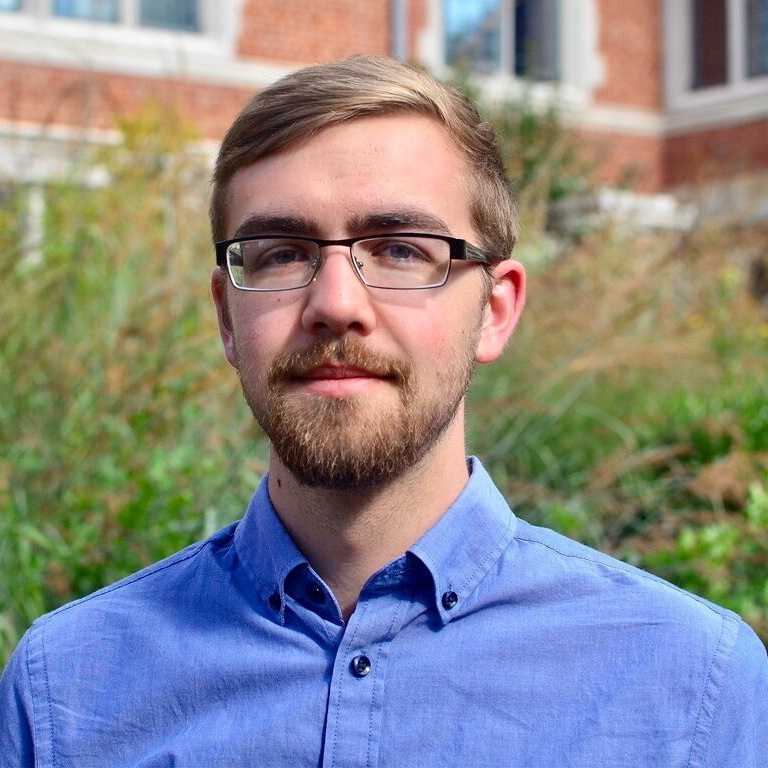Published in Journal of Low Temperature Physics, 2024
Low-temperature scanning probe microscopes (SPMs) are critical for the study of quantum materials and quantum information science. Due to the rising costs of helium, cryogen-free cryostats have become increasingly desirable. However, they typically suffer from comparatively worse vibrations than cryogen-based systems, necessitating the understanding and mitigation of vibrations for SPM applications. Here we demonstrate the construction of two cryogen-free dilution refrigerator SPMs with minimal modifications to the factory default and we systematically characterize their vibrational performance. We measure the absolute vibrations at the microscope stage with geophones and use both microwave impedance microscopy and a scanning single-electron transistor to independently measure tip-sample vibrations. Additionally, we implement customized filtering and thermal anchoring schemes and characterize the cooling power at the scanning stage and the tip electron temperature. This work serves as a reference to researchers interested in cryogen-free SPMs, as such characterization is not standardized in the literature or available from manufacturers.
Citation: Mark E. Barber, Yifan Li, Jared Gibson, Jiachen Yu, Zhanzhi Jiang, Yuwen Hu, Zhurun Ji, Nabhanila Nandi, Jesse C. Hoke, Logan Bishop-Van Horn, Gilbert R. Arias, Dale J. Van Harlingen, Kathryn A. Moler, Zhi-Xun Shen, Angela Kou, and Benjamin E. Feldman "Characterization of Two Fast-Turnaround Dry Dilution Refrigerators for Scanning Probe Microscopy", Journal of Low Temperature Physics 215, 1-23 (2024). http://dx.doi.org/10.1007/s10909-023-03035-4
